"For recognizable heritage to exist, it is necessary that it can be generated, that a society sees itself as a mirror, that considers its places, objects, monuments, intelligible reflections of its history and culture."
JEUDY, Henri-Pierre Mirror of Cities; Translation Rejane Janowitzer, Rio de Janeiro: House of the Word, 2005
Present throughout the Algarve, with special incidence on the fimbria coast and extending to the north, covering the rich lands of the barrocal - with few examples in mountainous territories -, the platband features a regional architecture produced in the first half of the last century, logo marking the landscape indelibly.
The platband is present on the facades of the houses, facing the public space, the communication routes, imperceptibly framing the days.
It has a residual utilitarian function, as its construction concealed the gutter for the drainage of rainwater.
It is believed that municipal regulations may have contributed to its expansion (in this case, more in an urban environment, where, with its implementation, the fall of water from the roofs directly onto the public road was avoided), but this fact does not justify the its wide dissemination throughout the territory, does not justify its adoption by those who lived here, raising it to delirium, either because of the uniqueness of each piece, or because of the quantity that is supposed to have existed until the recent past.

Functioning as a scenic screen, several were the influences they received. Thus, colorful and multiform – in which some displaying Art Deco motifs, other motifs naive, other simple geometric patterns, still others motifs with various esoteric meanings and other ornate Baroque ones – with no two identical examples, the platband reached its greatest expression in the Algarve.
Shaped against an Algarvian blue, the platbands are testimony both to a manifestation of greater economic relief by their owners, and to their effusive ostentation before others, even in some cases spilling out, contaminating the entire façade, covering -The.
The platband was purposely ignored and sent to oblivion or to the exotic field, discarding any serious approach that might fall on it, with the first study being prepared by Jacinto Palma Dias in “Algarve Revisitado”, published in 1994.
In fact, in the decades of the Estado Novo, the parapet did not have a place in the fictitious image that it intended to create and give to the Algarve region. Later, also ignored by constructivists and functionalists, the platband never saw its existence recognized as an element of a certain architecture produced in the region, in a certain time space.
Unlike the chimney, whose existence was vertically elevated to an icon of the region, but equally lacking in-depth studies, enabling their downstream conversion into heritage targeted for affection and protection, the platband has been, over many decades, completely marginalized , falling into a horizontal immutability of oblivion, remaining today some tangible testimonies of the wealth existing in the past.
Taking into account the vast changes that have taken place in the Algarve since the sixties of the last century, the innumerable losses in this process of territorial metamorphosis do not even occur to us.
In addition to being necessary, it is urgent to study the platband as a sign of feeling and living, of creating a close relationship between territory and history, enabling those who live here in a history, in their history.
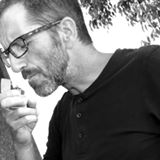 Author of text and photos (all rights reserved): Filipe da Palma, photographer
Author of text and photos (all rights reserved): Filipe da Palma, photographer

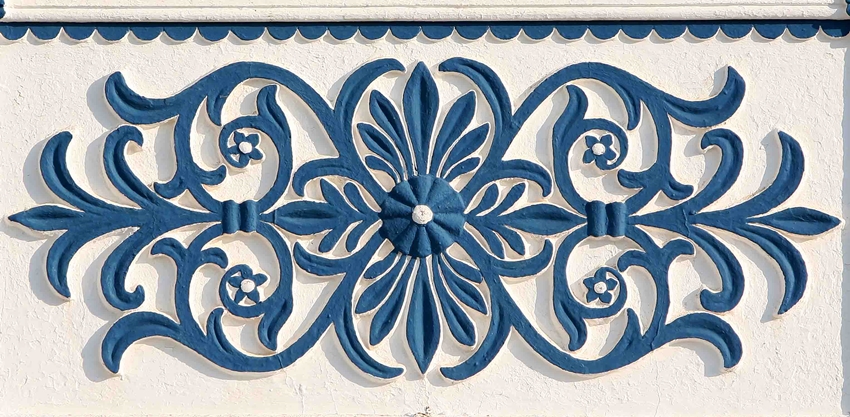
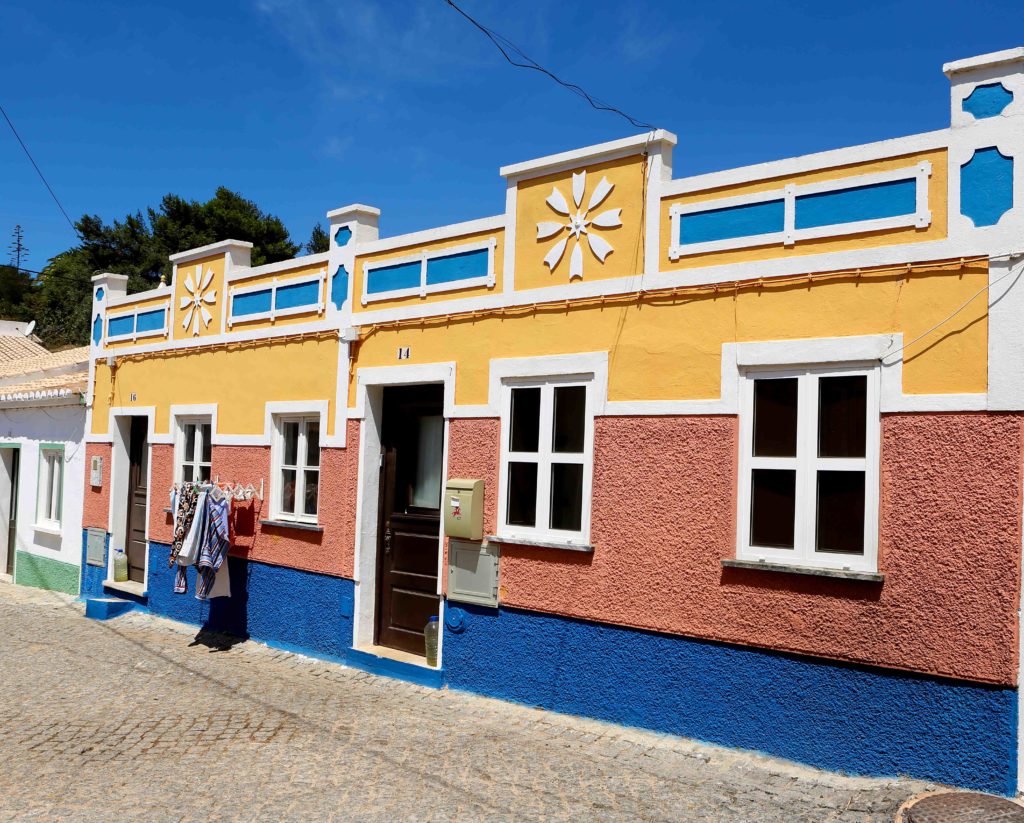
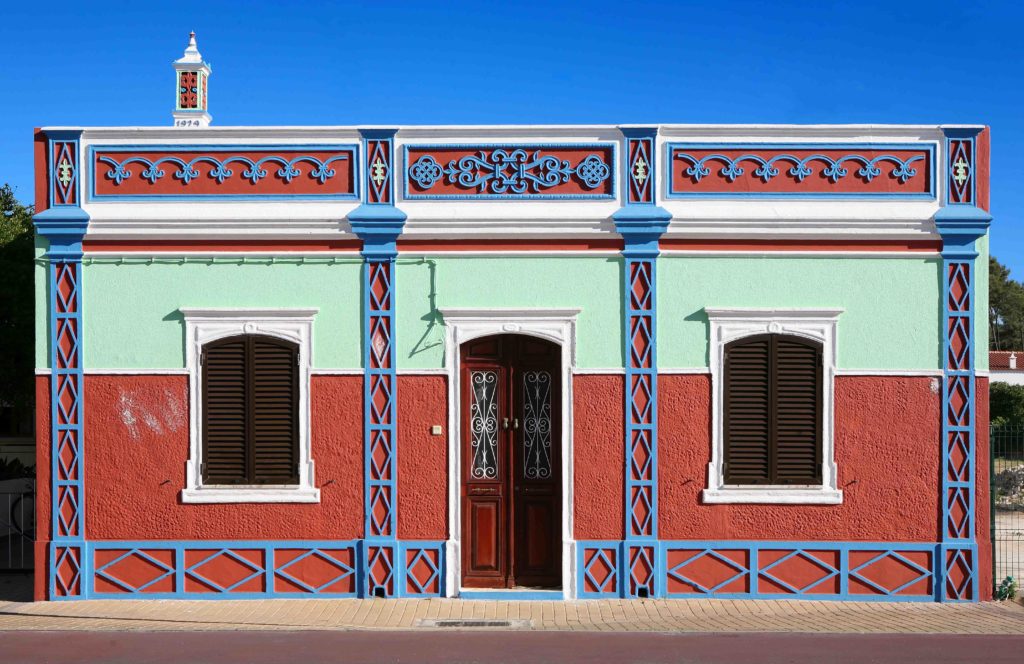
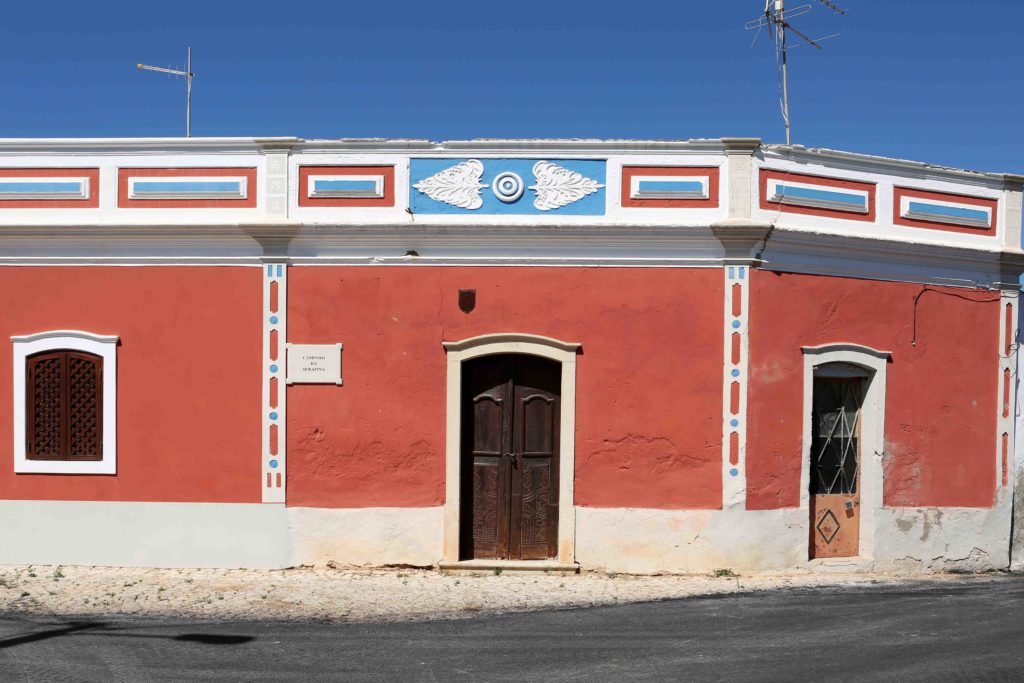
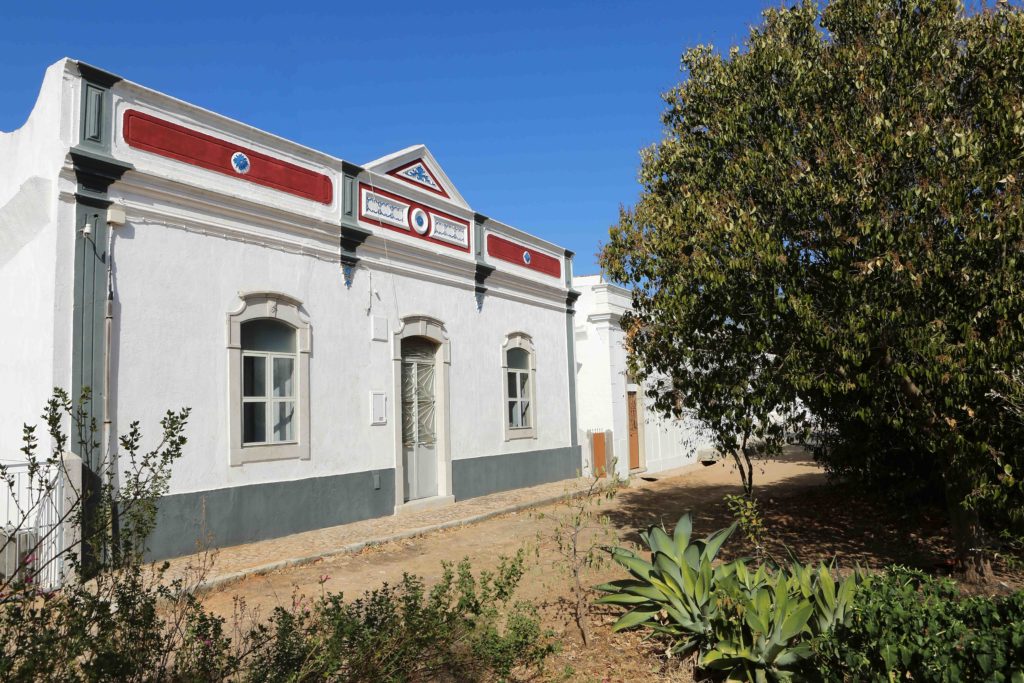
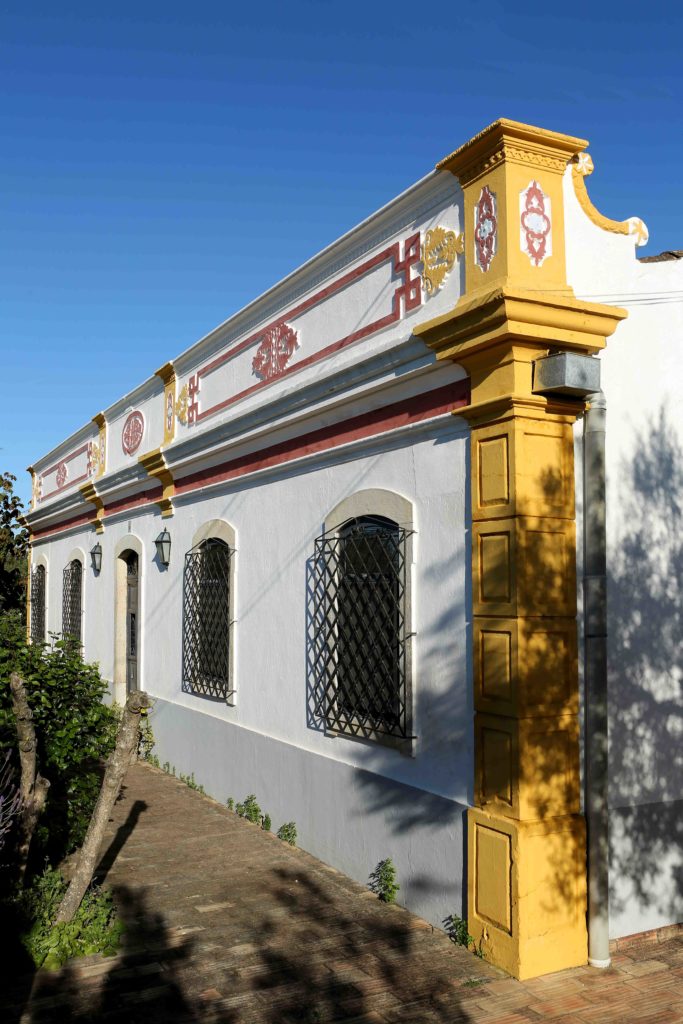
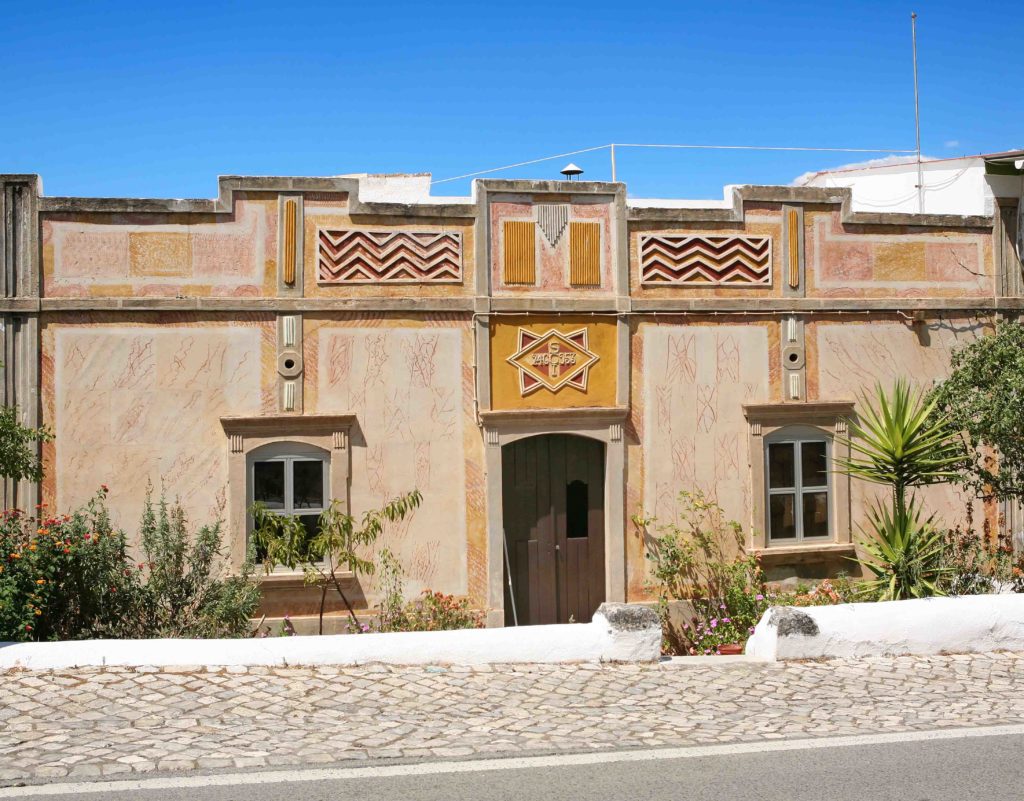
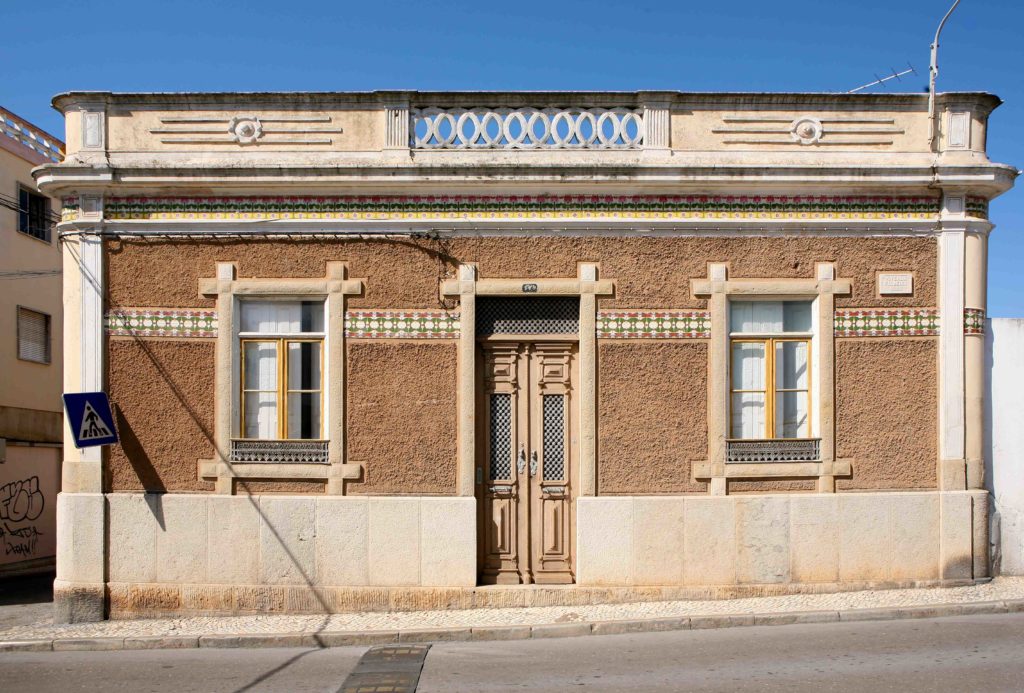
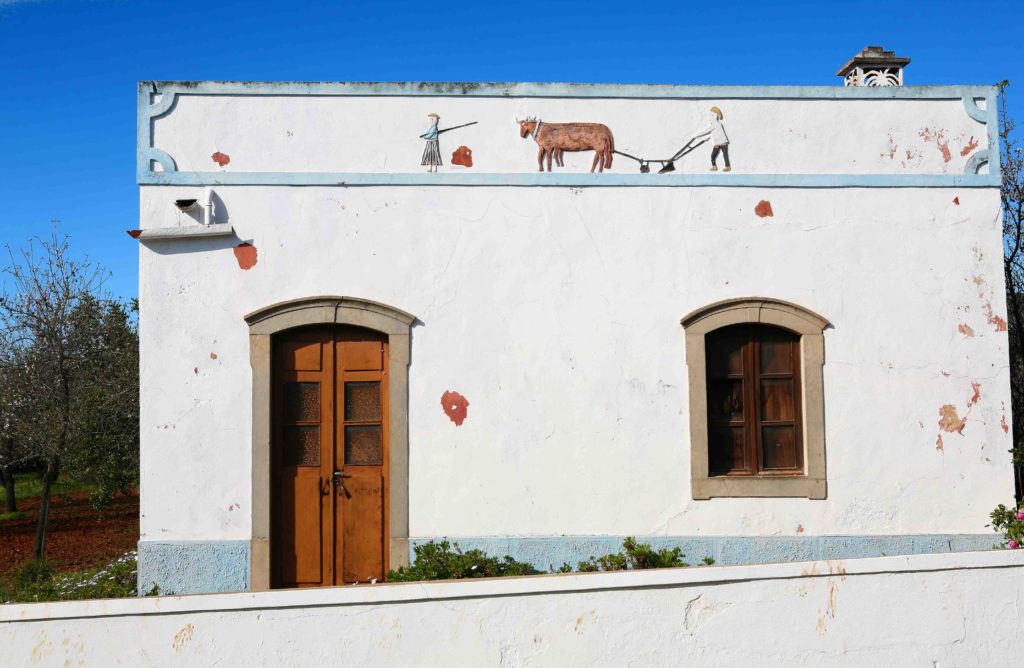
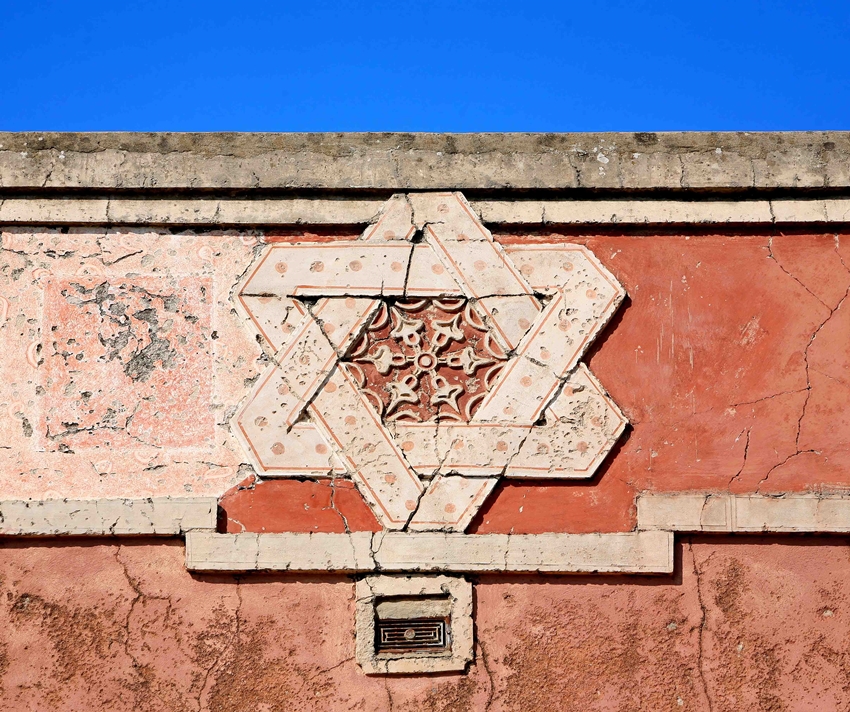
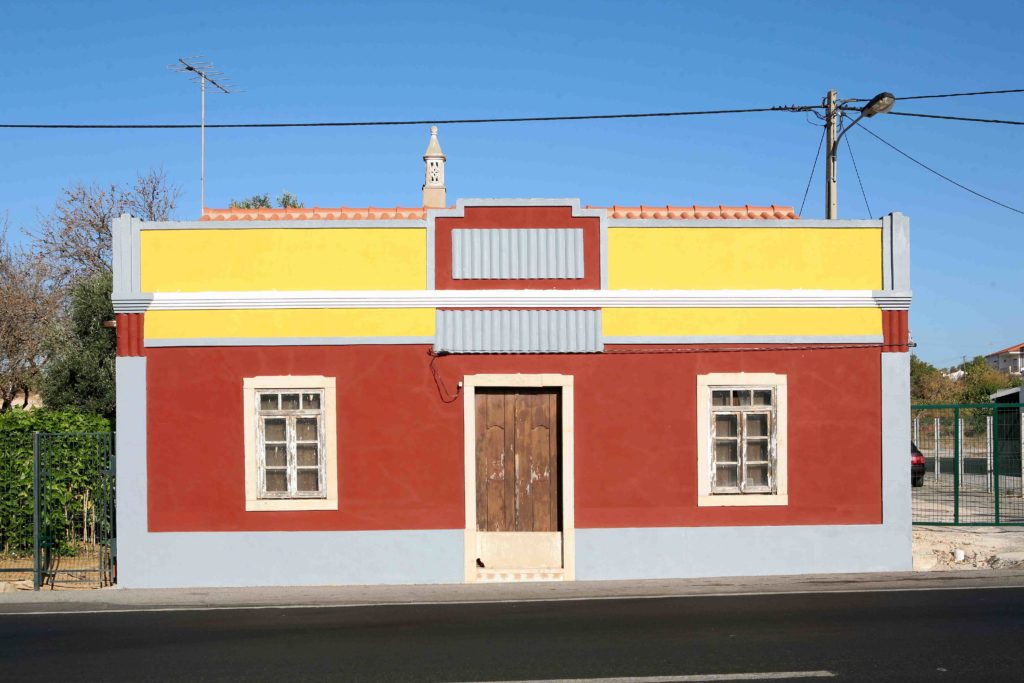
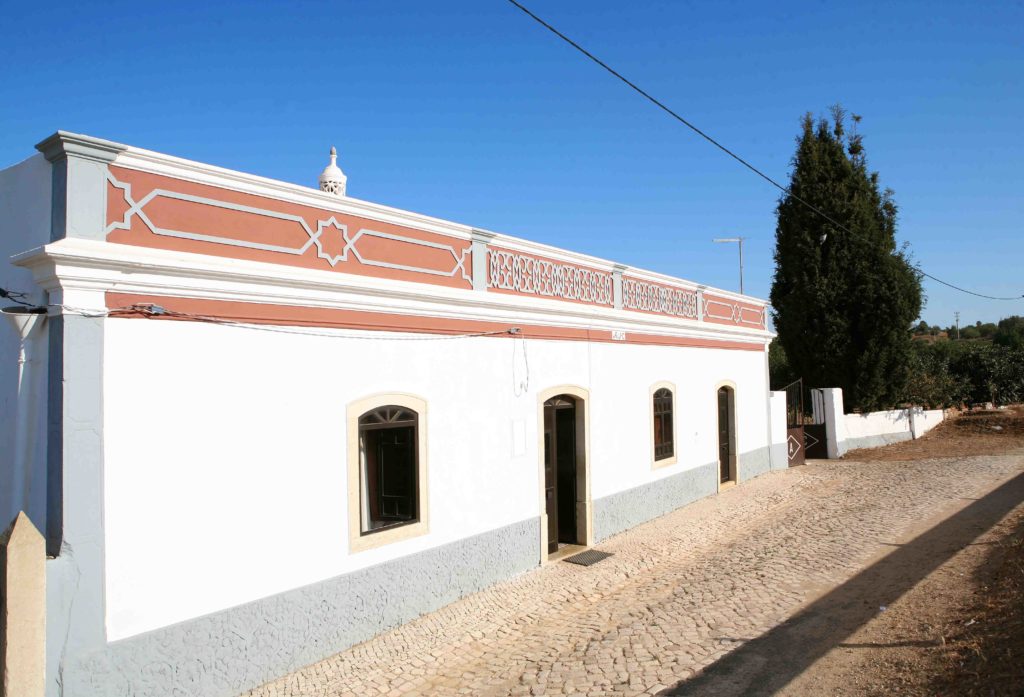
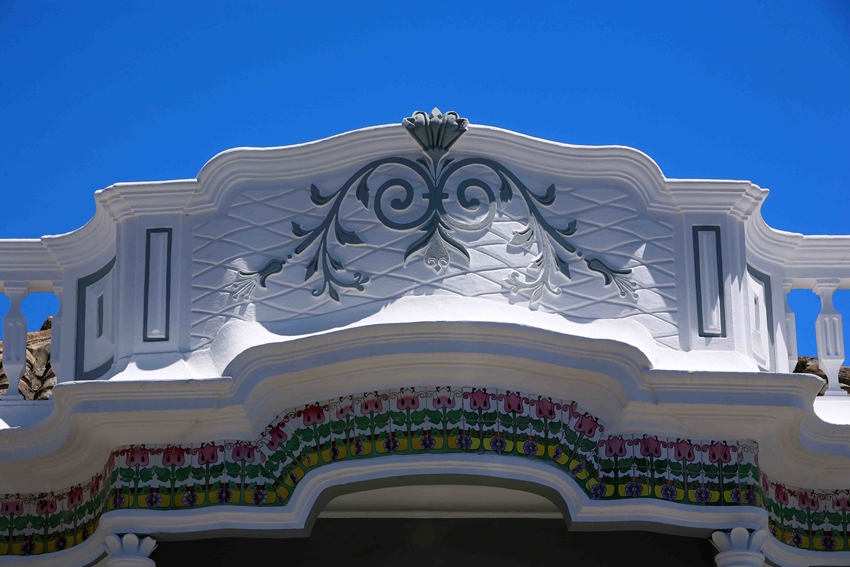
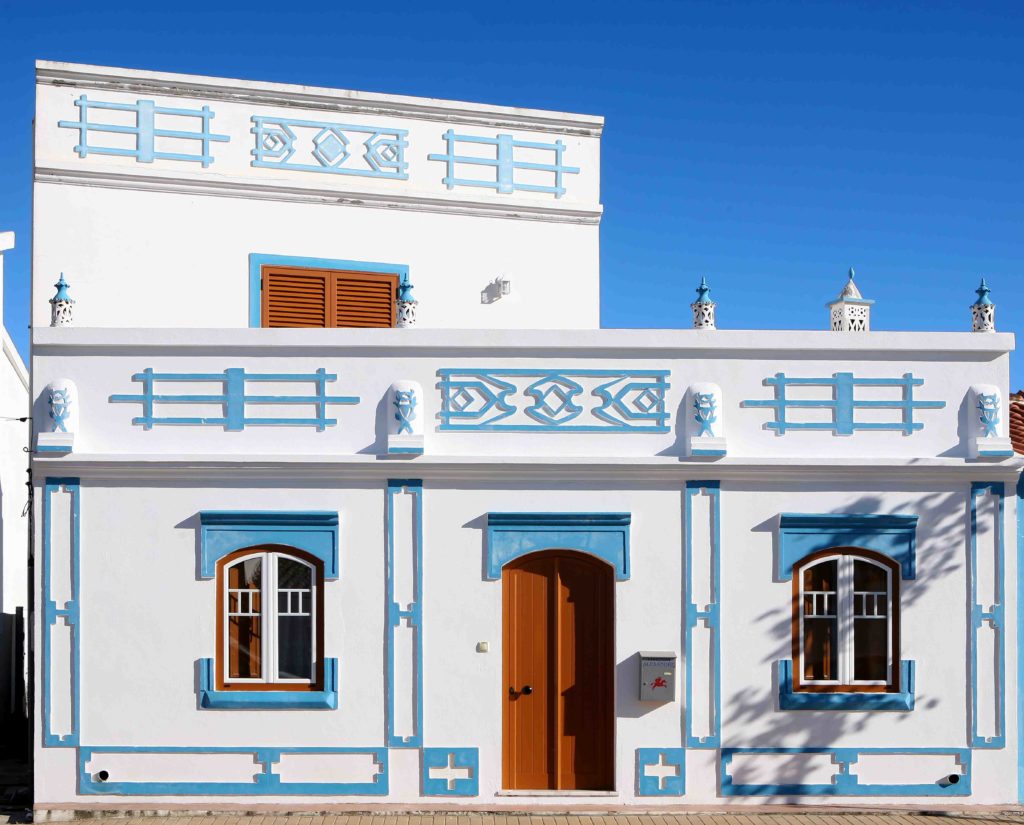
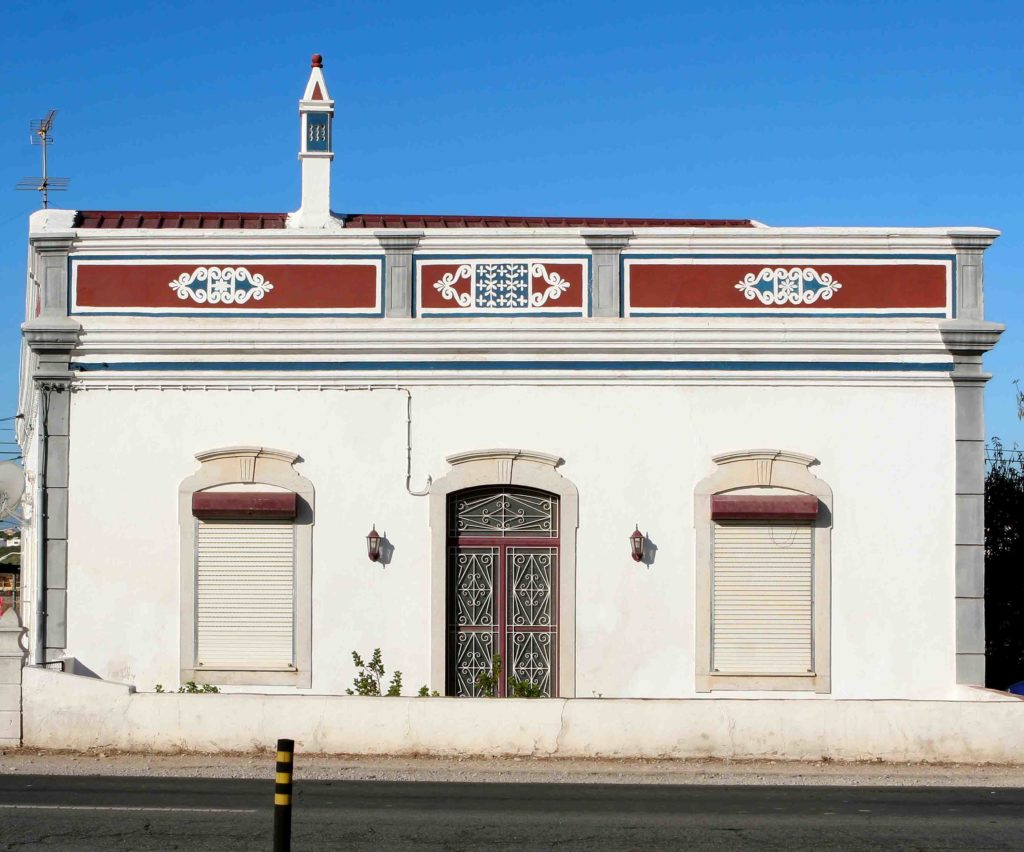
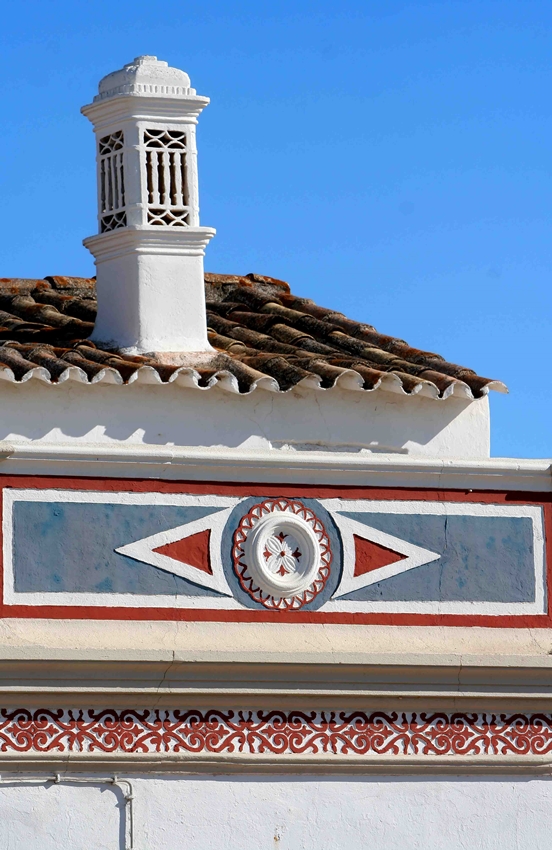

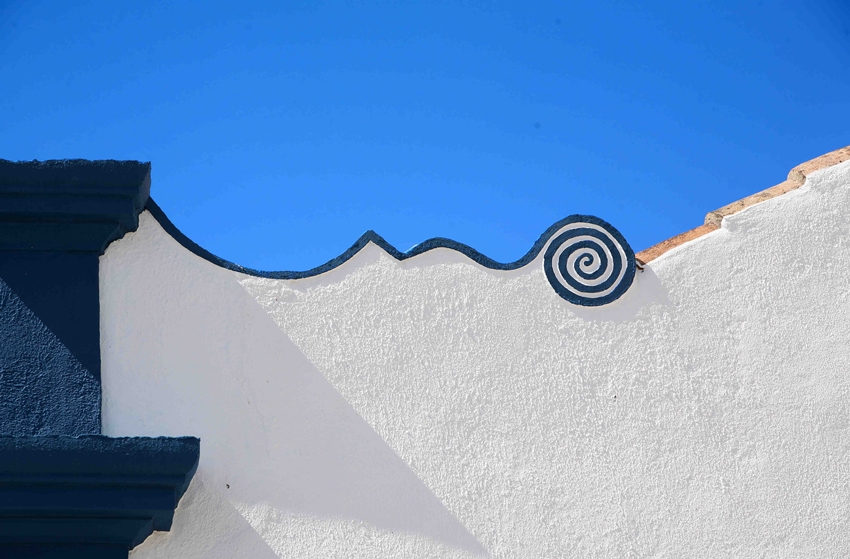
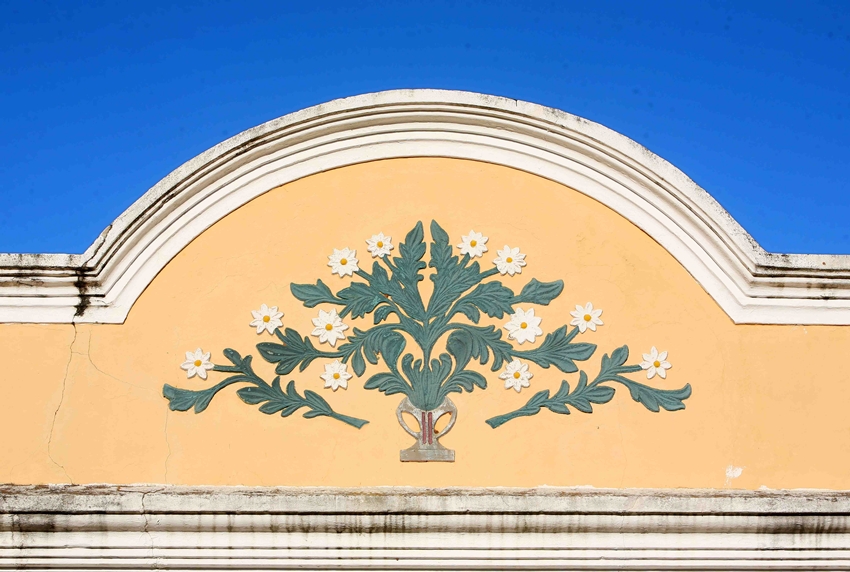
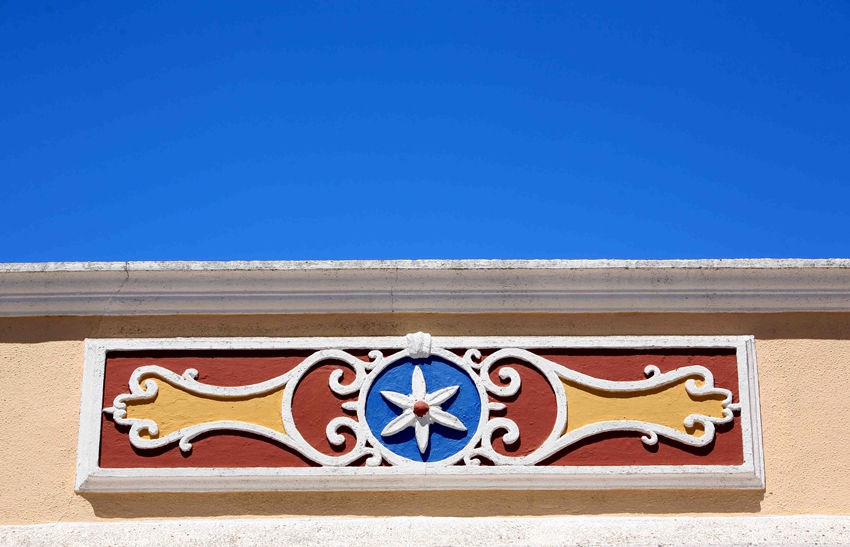
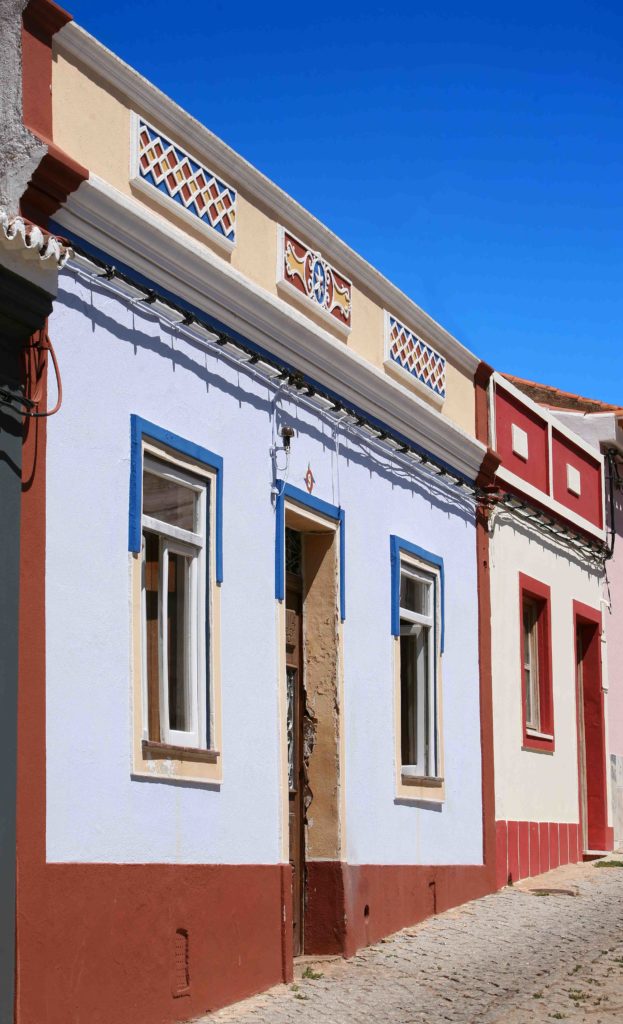
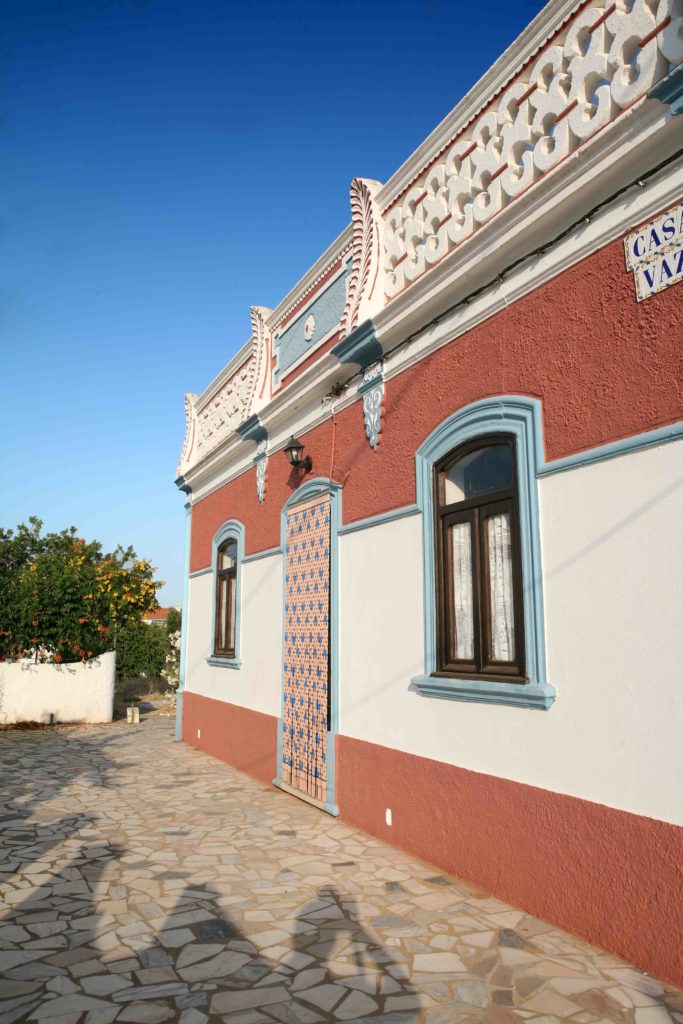
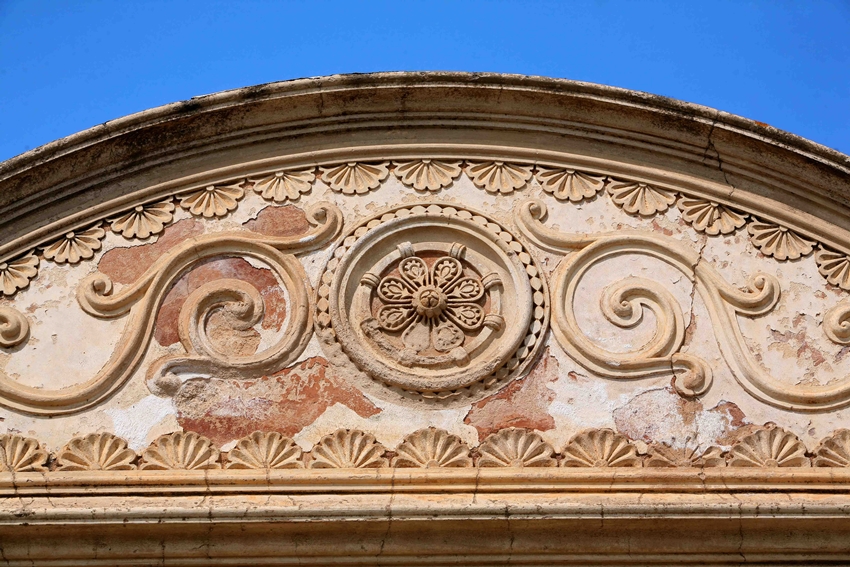
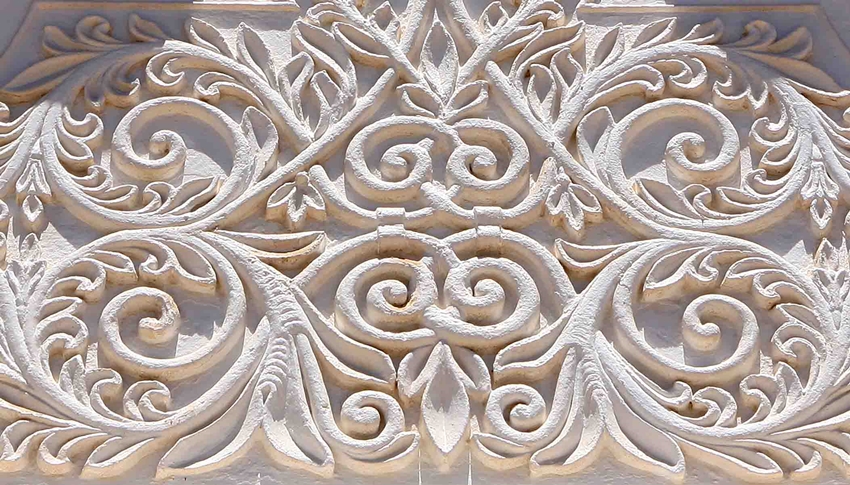
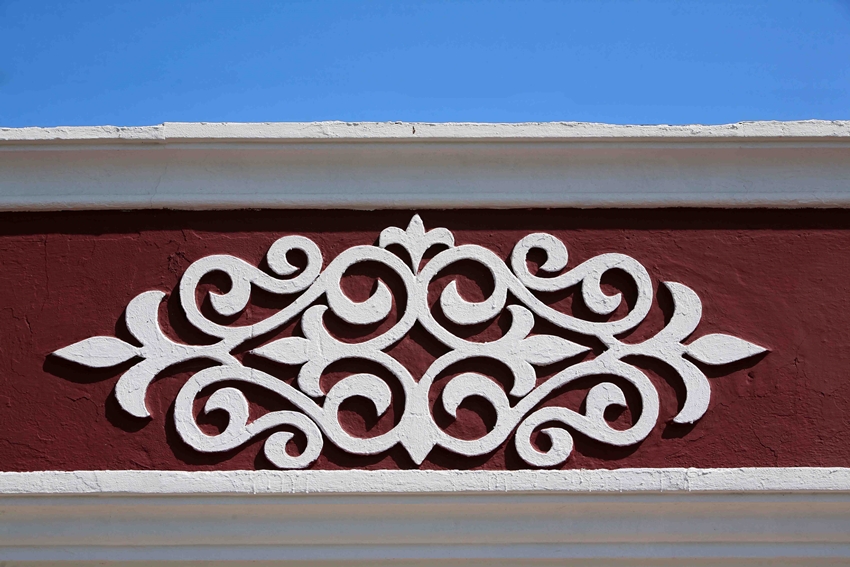


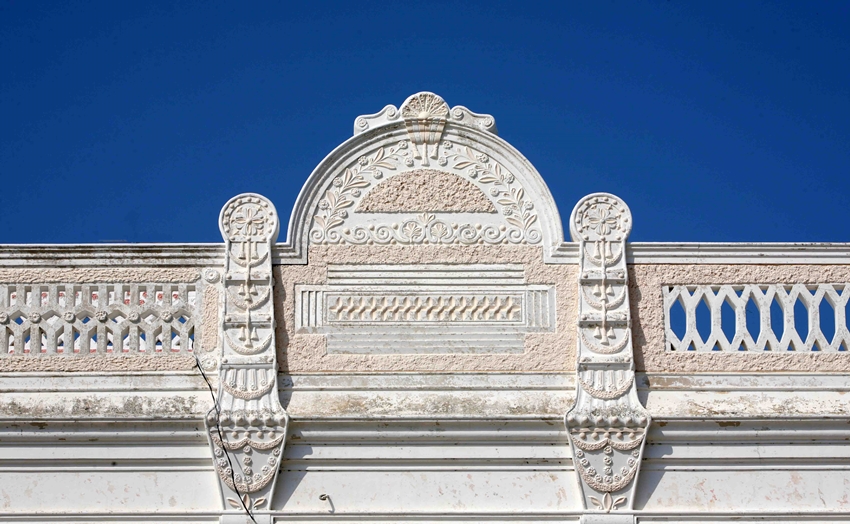

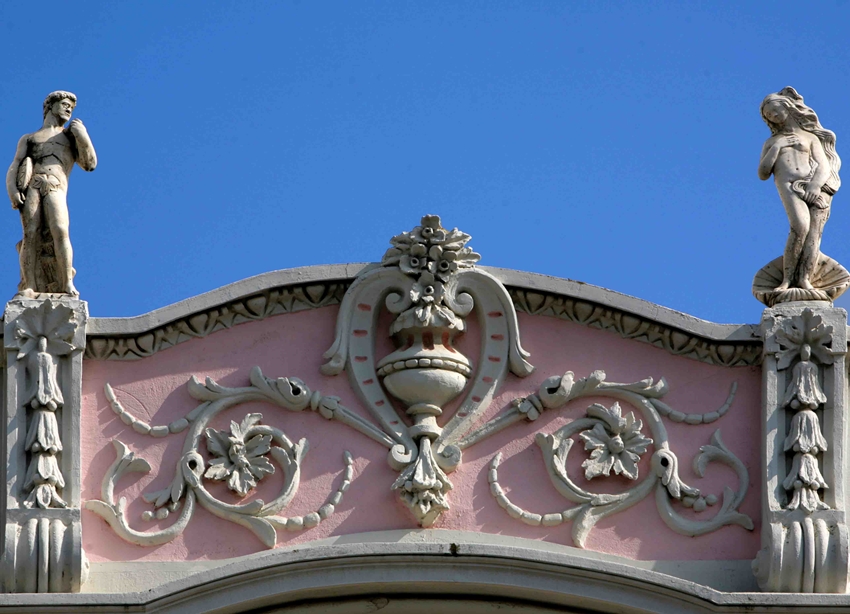
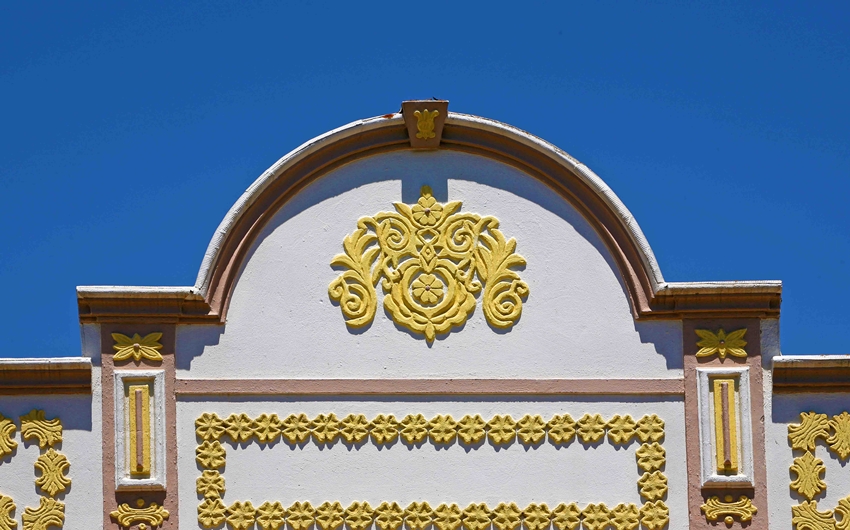


















Comments